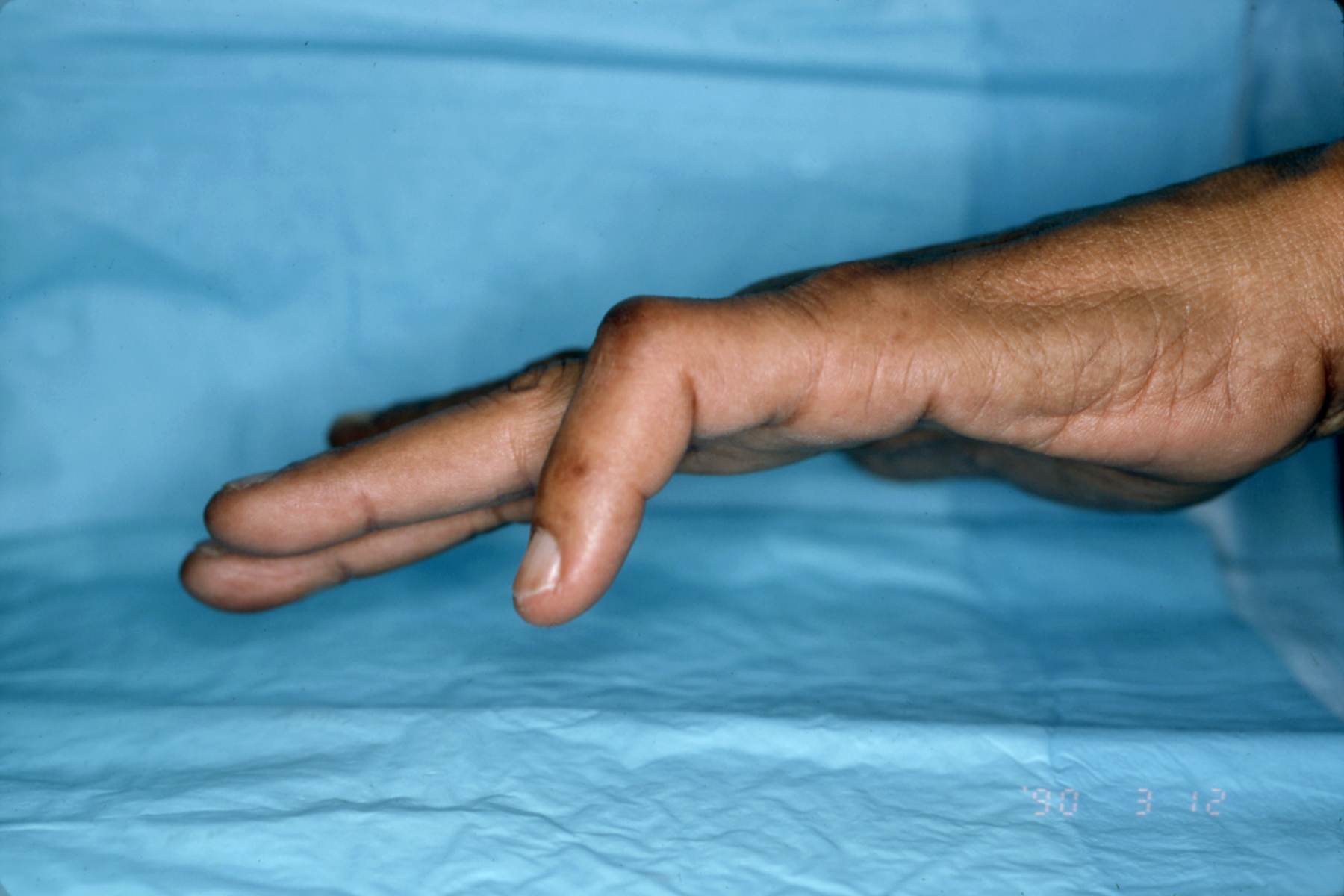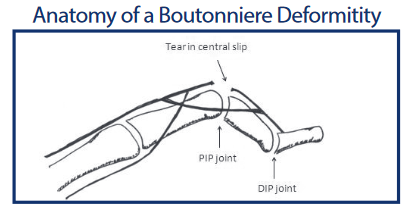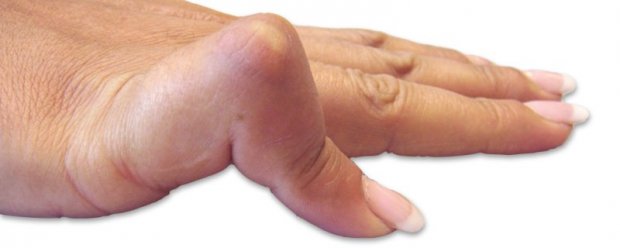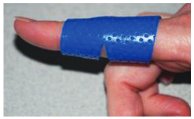nalco group
bone, muscle & joint pain physio
BOOK NOW / WHATSAPP ABOUT YOUR PAIN OR INJURY
- NOVENA 10 Sinaran Drive, Novena Medical Center #10-09, Singapore 307506
- TAMPINES 9 Tampines Grande #01-20 Singapore 528735
- SERANGOON 265 Serangoon Central Drive #04-269 Singapore 550265
Home > Blog > Hand Therapy & Customized Splinting > Finger, Hand, Wrist, Forearm & Elbow Conditions > Boutonniere Deformity Hand Therapy
Boutonniere Deformity Hand Therapy
In Phoenix Rehab, our senior hand therapists are experienced licensed and dedicated therapists (physiotherapists and/or occupational therapists) who specialized ONLY in the rehabilitation, treatment and management of painful fingers, hands, wrists, forearm & elbow conditions, because of interest, passion and expertise.

A boutonniere deformity is an injury to the middle joint of the finger (known as the PIP joint), which results in the inability to straighten that particular finger joint.
The end joint of the finger, known as the DIP joint (which is short for distal interphalangeal joint), then hyperextends, and is difficult to bend.
This posture is caused by and the result of an injury to the extensor tendon over the top of the finger, which is known as the central slip.
What causes a boutonniere deformity?

A tear in the central slip can occur from a dislocation of the PIP joint, a cut to the extensor tendon or from an inflammatory disease, such as arthritis.
Unfortunately, what may appear to be simply a “jammed finger” may actually be a tendon injury and can result in a boutonniere deformity. If left untreated, these injuries can result in permanent stiffness to the injured joint.
People with a boutonniere deformity will be unable to straighten their finger and will have difficulties with everyday activities, such as
- writing
- washing their face
- buttoning their clothes
- putting their hand in a pocket to take their wallet or phones
- etc
What are the symptoms of a boutonniere deformity?

Boutonniere deformity showing bent PIP joint and a straight DIP joint
In an injury that has just happened, it will be difficult to straighten the PIP joint; however, this joint may be straightened with help from the other hand.
Patients may also experience swelling and discomfort. In a boutonniere that has gone untreated, the finger may become stiff, making it difficult to straighten the finger at all.
What is the treatment for a boutonniere deformity?
The treatment for a boutonniere deformity begins with an accurate diagnosis by a doctor.
For a recent injury that does not require surgery, the treatment will involve a referral to our senior hand therapist (read more below on what we can do for you)
Boutonniere deformities that are a result of an untreated injury, arthritis or a laceration to the central slip of the extensor tendon, and may require corrective finger surgery.
What can a hand therapist do for me?

Example of custom finger orthosis for boutonniere deformity
For a boutonniere deformity that does not require surgery, our senior hand therapist will make a custom orthosis splint to place the finger in a proper position for correct healing.
We will also instruct the person in techniques to reduce swelling in the finger.
Patients must use the orthosis as instructed in order to achieve a good outcome.
For injuries requiring surgery, our senior hand therapist will make an orthosis after surgery and instruct the patient in management of the scar. We will also provide ongoing hand therapy to ensure that the finger and hand gets 100% or as close to 100% function and movement as possible.
